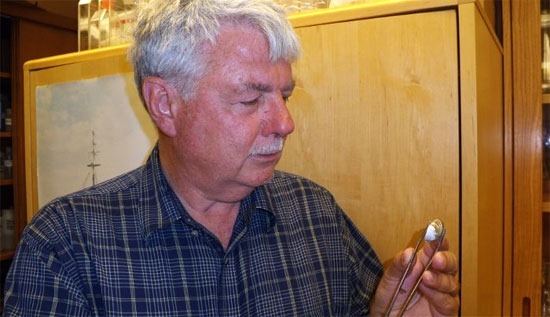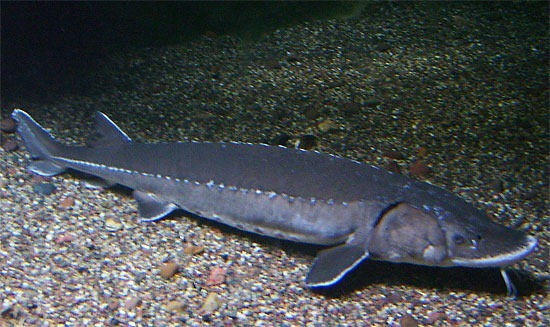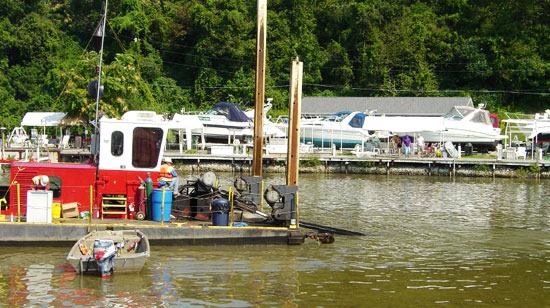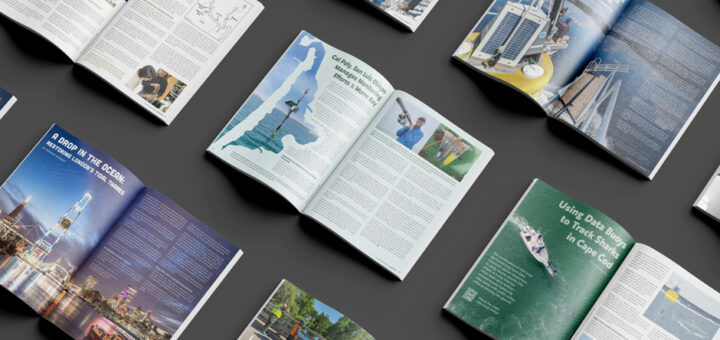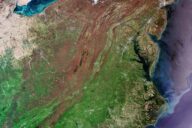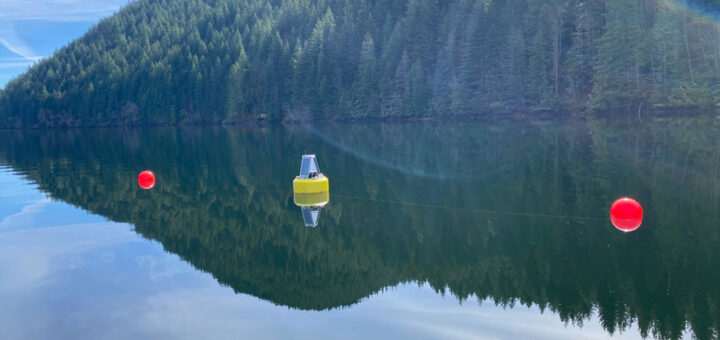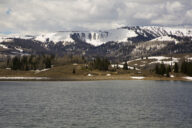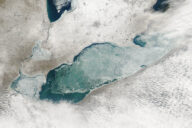Lake Michigan trout still not rebounding, despite multi-million-dollar recovery effort
0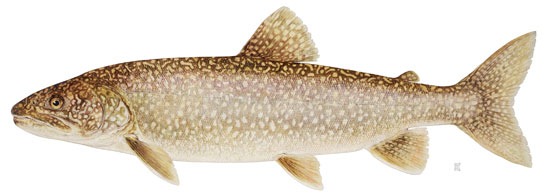
Lake Michigan trout have been rendered all but incapable of naturally maintaining a viable population. A study recently concluded by the Great Lakes Science Center in Ann Arbor confirmed that essentially no lake trout are successfully breeding in the northern part of the lake.
“The percentage of wild fish in the northern refuge on average during the 2000s was only about 2 percent to 3 percent,” said Primary Researcher Chuck Madenjian. “That below the failure rate to clip fish at the hatchery. You could almost count that as a negligible amount.”
Researchers from the Great Lakes Science Center captured trout in the in a northern refuge near Beaver Island each year over the past decade, and they identified whether the fish was born in a hatchery or in the wild based on whether its fins were clipped.
The meager results come despite a 25-year-old, multi-million-dollar program that has strived to return a self-sustaining population of the lake trout (Salvelinus namaycush). Fisheries biologists have raised millions of fish in hatcheries each year, which are then released into special refuges set aside to protect the trout.
Once the Great Lakes’ top predator, the trout almost completely disappeared due to overfishing, chemical contaminants, and the parasitic sea lamprey. The sea lampreys attach to fish and suck their blood, and one of their favorite meals is the trout. These lampreys severely reduced trout populations from 1935 to 1965.
The trout’s ability to recover from this near extermination has been hindered by a number of factors, including the small invasive alewife species.
Alewives eat newly hatched trout eggs. Adult lake trout also eat alewives, but the alewives carry a thiamine deficiency that inhibits trout reproduction. Though there has been a push to stock the lake with even more trout, there has been opposition because of a delicate balance between trout, alewives, and the highly popular Chinook salmon, which also feed on the alewives.
“I describe it as balancing on a knife edge,” said Mark Ebener, a researcher with the Chippewa Ottawa Resource Authority, or CORA. “You don’t want too many alewives because once you have too many alewives you know they inhibit reproduction and survival of native species: lake trout, emerald shiners, yellow perch stuff like that. But you don’t want too few to where you start getting declines in growth rates of Chinook salmon and it starts affecting salmon abundance.”
How do you think the Lake Michigan trout issue should be addressed? Share your thoughts in the comments below.
Lake Trout Not Recovering In Lake Michigan [Interlochen Public Radio] Lake Trout Salvelinus namaycush [Michigan DNRE]




